By Sam Robinson
We often get asked, ‘can you really define “culture”?’ So before getting into what a positive culture might look like, it’s worth considering what is culture in the first place.
Systems Leadership (Systems Leadership: Creating Positive Organisations, Macdonald et al) tells us that a culture is a group of people who share mythologies, mythologies being beliefs about behaviour that demonstrate positive or negative values. The more mythologies held in common by a group of people (good and not so good), the stronger the culture.
You can start to identify evidence of people’s beliefs through what people say and how people behave. Of course, it’s tricky because cultures change constantly. To add to that complexity, when you’re enquiring into a culture by talking to people and listening – well, that action itself creates beliefs, which then also informs the culture.
With all this as context, what then are the hallmarks of a positive culture?
One way to look at this is on a continuum of very poor to outstanding. Every organisational culture sits somewhere along this continuum. At LKS Quaero, we use the Instincts to Excellence Scorecard tool to provide some objectivity to assessments of culture. Importantly, we work with organisations to choose the measures to assess their culture, rather than assume what the ingredients should be.
We tend to begin the culture change process by asking people to rate their own organisation along the scale from instincts to excellence (pictured above).
- Instincts: this is an organisation where people behave in a way that relies exclusively on impulse. It tends to be a culture that very indistinct because it is so individualistic as to be barely a culture at all. There are virtually no policies, no systems, and no accepted practices. It is every person for themselves.
- Stable: this is where some policies and procedures do exist, there is an articulated purpose of the organisation, and most people are aware of their impact on others as part of work. What tends to be missing is consistency of leadership. Some people seem to get away with anything, and hiring and promotion sometimes occur because of personal relationships – not because of ability.
- Excellence: this is an organisation where people want to work. The leaders are not all the same, but there are common expectations of behaviour. Poor behaviour and underperformance are identified and dealt with immediately. Good performance is recognised and rewarded. The culture is constantly maintained by the leaders with a strong focus on continual improvement of systems, symbols, and behaviour.
After an initial snapshot assessment that we do along this continuum, we dig into a lot of areas, including behaviour and leadership style. Critically, we also ask about results: are you happy with your organisation’s performance?
Ultimately, a positive culture is nice to have – but, without a purpose, it is not all that useful. In other words, a positive culture is one that supports an organisation’s purpose, strategy, and operational plans. Culture needs to be looked at in the context of what an organisation’s leaders want to achieve.
That’s why we always talk about results. Are you happy with your results? If not, you need to look into your culture, and in turn your leadership. After all (as we at LKS Quaero say) the leadership creates the culture, which in turn delivers the results. Put simply, how can you tell if you have a positive culture? You have one if you are getting outstanding results through people in a way that sustains the organisation and its people. Doesn’t that sound like somewhere you’d like to work?
LKS Quaero can help you improve your leadership, culture and results. Check out our website for more details about how we can help and what our clients have achieved. Visit us at lksquaero.com or follow us on LinkedIn, Facebook, and Twitter.










